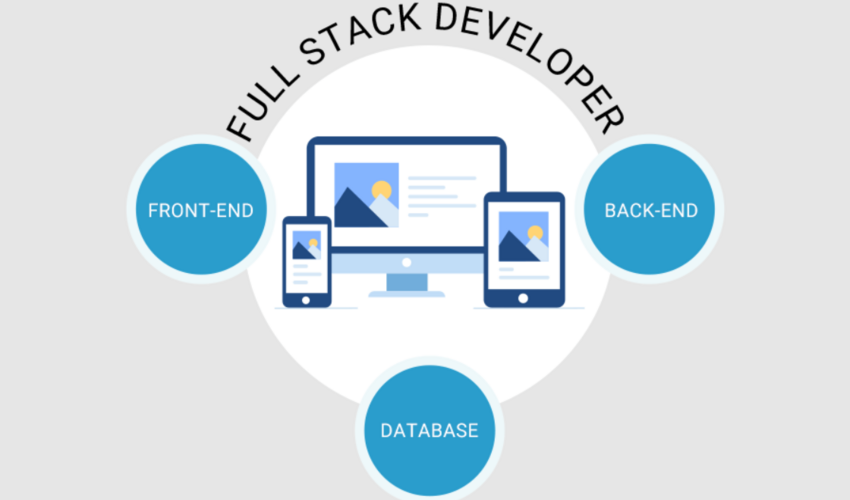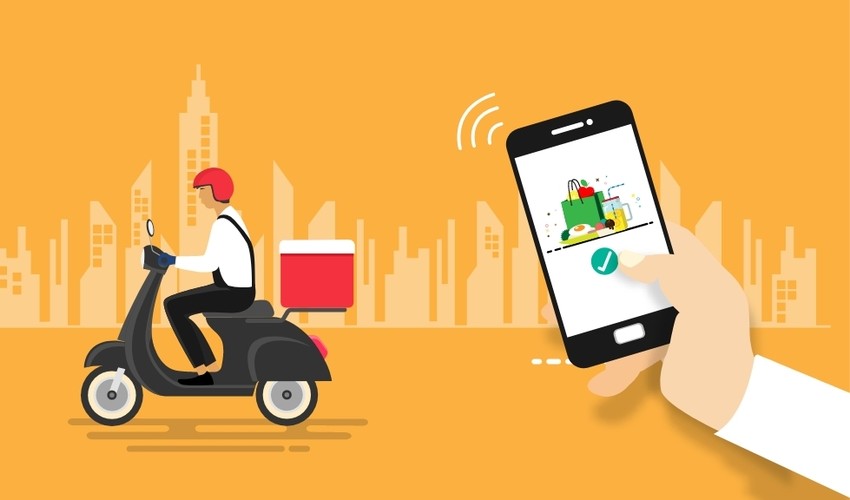Sustainable Mobile App Development: Best Practices for 2024

In today’s digital age, mobile app development is growing at a rapid pace. With millions of apps available across platforms, developers face a unique challenge: balancing performance with sustainability. As the tech industry moves toward eco-friendly solutions, the focus on sustainable mobile app development is more important than ever. In 2024, developers must consider the environmental impact of their apps, from the amount of energy consumed to the resources used in their development. Here are the key practices that can lead the way to a more sustainable future in app development.
1. Optimize Energy Consumption
One of the primary concerns for sustainability is the energy consumption of mobile apps. High-performance apps can often lead to excessive battery drain, resulting in a negative user experience. In addition to battery life, the excessive energy demand from mobile applications contributes to a larger carbon footprint.
To address this, developers should:
- Use efficient algorithms: The app’s code must be optimized for minimal computational load. This reduces the number of processes running in the background, leading to energy savings.
- Minimize background activity: Apps that constantly run background processes drain more battery. By limiting unnecessary background updates or services, developers can enhance the app’s energy efficiency.
- Leverage dark mode: Using darker color schemes can reduce energy consumption on OLED and AMOLED screens. Incorporating a dark mode in your app’s UI design can contribute to both a better user experience and reduced battery usage.
2. Reduce App Size
A larger app size not only takes up more storage on users’ devices but also increases the resources required to download and install it. Reducing app size can improve the app’s performance, lead to faster downloads, and lower data usage, which is crucial for sustainable development.
Some effective ways to reduce app size include:
- Compress media files: Use modern compression techniques to optimize images, audio, and video files without losing quality.
- Lazy loading: This approach loads only the content that users need immediately, reducing the initial app size and load time.
- Remove unused code: Frequently review your codebase and eliminate unnecessary libraries, frameworks, or legacy code that may bloat the app size.
3. Optimize Network Requests
Mobile apps often rely on cloud services and external APIs, which require frequent network communication. However, excessive network requests increase data usage, which contributes to higher energy consumption.
Developers can minimize the impact of network communication by:
- Batching requests: Group multiple API calls into a single request to reduce network activity.
- Caching: Implement caching mechanisms that store data locally and reduce the need for repeated data requests. This not only saves bandwidth but also enhances app performance during offline usage.
- Use content delivery networks (CDNs): CDNs can distribute content more efficiently and reduce the distance data needs to travel, lowering energy consumption.
4. Sustainable Cloud Solutions
Most mobile apps depend on cloud services for storage, computing power, and other backend needs. Opting for sustainable cloud services plays a crucial role in making your app more eco-friendly.
When choosing cloud providers, consider:
- Green data centers: Many cloud providers, like Google Cloud and AWS, now offer environmentally friendly options powered by renewable energy. Opt for cloud services with a commitment to carbon neutrality.
- Serverless architecture: This enables developers to run code in the cloud without maintaining servers. Serverless computing only uses resources when the app needs them, reducing idle time and resource wastage.
5. Code Efficiency and Maintenance
Writing efficient code is at the heart of sustainable app development. The more optimized your code is, the fewer resources it will consume over time. Beyond the initial build, maintaining clean and efficient code is equally important for app updates and scaling.
- Refactor regularly: As apps grow, they tend to accumulate redundant or inefficient code. Regularly refactoring code improves performance and reduces unnecessary resource usage.
- Monitor performance: Use analytics tools to track the performance of your app over time. Monitoring allows you to identify areas of improvement where you can reduce energy consumption or resource usage.
6. User Awareness and Control
A sustainable mobile app should not only operate efficiently but also provide users with tools to manage their energy consumption.
- Battery optimization tips: Provide users with in-app settings that allow them to customize features like background syncing or location services. Educating users about energy-saving options within the app will help reduce its impact on battery life.
- Energy usage transparency: Offering insights into how much energy your app is consuming can encourage users to make informed decisions about how they use the app.
Conclusion
Sustainability is no longer just a buzzword—it's a necessity. As we move into 2024, mobile app developers have a unique opportunity to lead the way in reducing the tech industry’s environmental impact. By optimizing energy consumption, minimizing network requests, using sustainable cloud services, and writing efficient code, developers can make their apps greener without sacrificing performance.
At Qono Tech, we are committed to driving the future of mobile app development with innovative and eco-friendly solutions. Whether you're looking to develop a new app or optimize an existing one, our Mobile App Development Services ensure high-performance apps that align with sustainability goals. Together, we can build apps that not only perform well but also help protect our planet.
Latest Trending
Categories
- Airbnb
- Airbnb clone
- Airbnb clone script
- Multi Vendor Marketplace Script
- Buy Sell Marketplace
- Vacation Rental Website
- Online Food Ordering and Delivery Clones
- Multi-Vendor E-Commerce Script
- Online Rental Script
- Fancy Clone
- Car Rental ScriptSoftware Development
- Car Rental Script
Never Miss Another Post!
Get updates & Valuable tips straight into your inbox once a week.




